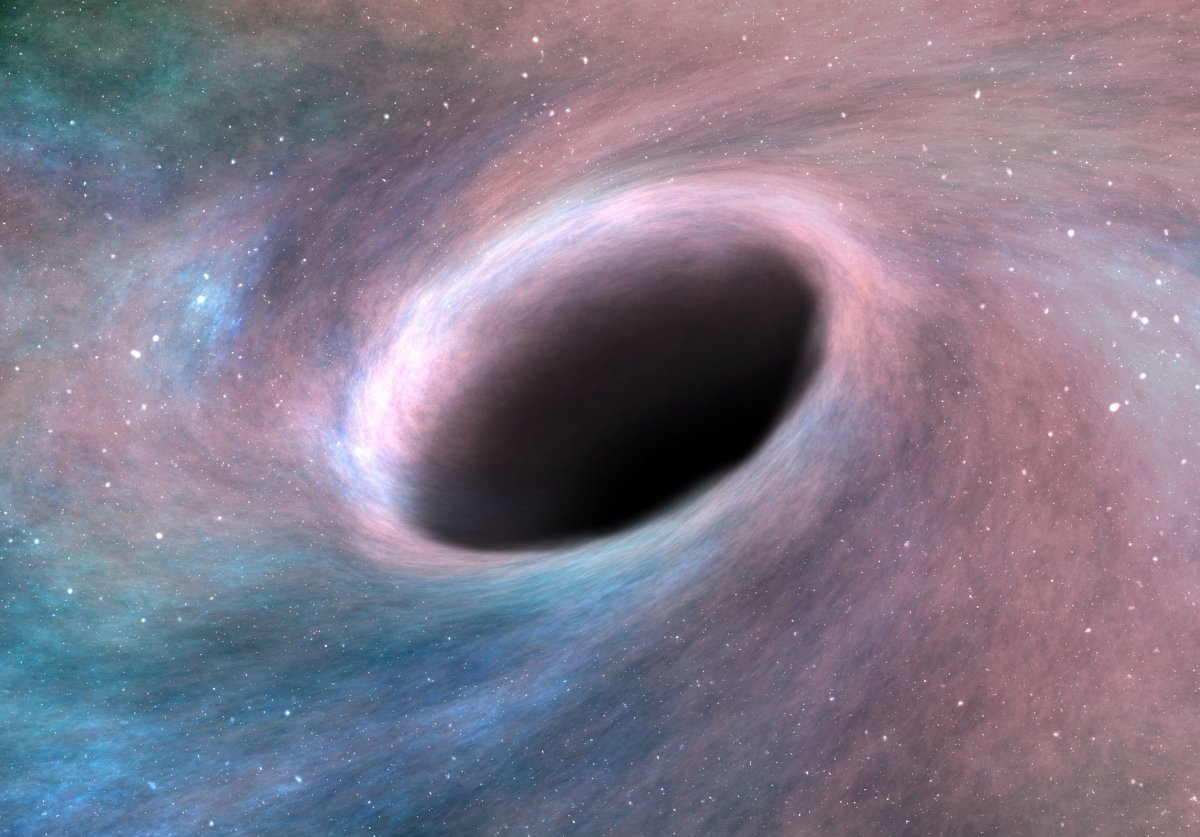New analysis of observations from telescopes around the world has brought scientists one step closer to imaging the supermassive black hole at the center of the Milky Way, known as Sagittarius A*.
The observations form part of the hugely ambitious Event Horizon Telescope (EHT) project, which links together telescopes around the world over the internet, essentially creating a powerful global observatory. The goal of EHT is to image, for the first time, the event horizon—the point of no return beyond which nothing, not even light, can escape the immense gravitational pull of the black hole.
In 2013, the Atacama Pathfinder Experiment (APEX) joined the EHT, significantly increasing the resolution of the images it is capable of taking. This enabled scientists to observe in unprecedented detail the regions right next to Sagittarius A*'s event horizon.
These observations were taken at a resolution of three Schwarzschild radii—which is three times the hypothetical size of the black hole itself, equivalent to around 36 million kilometers.
This may not seem very precise. However, the observations have given scientists sufficient data to begin calculating the structure of the event horizon.
"We started to figure out what the horizon-scale structure may look like, rather than just draw generic conclusions from the visibilities that we sampled," Ru-Sen Lun from the Max Planck Institute for Radio Astronomy (MPIfR) in Bonn, Germany, and lead author of a new study detailing the new observations—published in the Astrophysical Journal—said in a statement.

"It is very encouraging to see that the fitting of a ring-like structure agrees very well with the data, though we cannot exclude other models," he added.
The new findings mean that scientists may be able to image the event horizon of Sagittarius A* by the end of this year, although further observations are still required.
"The results are an important step to ongoing development of the Event Horizon Telescope," Sheperd Doeleman, from the Harvard-Smithsonian Center for Astrophysics and a director of the EHT, said in a statement.
"The analysis of new observations will bring us another step closer to imaging the black hole in the center of our galaxy."
Uncommon Knowledge
Newsweek is committed to challenging conventional wisdom and finding connections in the search for common ground.
Newsweek is committed to challenging conventional wisdom and finding connections in the search for common ground.
About the writer
Aristos is a Newsweek science reporter with the London, U.K., bureau. He reports on science and health topics, including; animal, ... Read more
To read how Newsweek uses AI as a newsroom tool, Click here.








